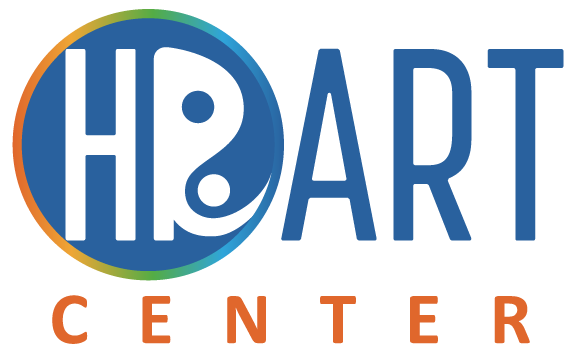Dear HRart Worker,
This past week, I submitted the first draft of my final research paper to graduate with my Doctoral Certificate in Medical Qigong. This paper encapsulates my findings about what burnout truly is from an energetic standpoint and how we can begin to heal it.
When I started this work, burnout wasn’t my main focus. It was simply one consideration in my research on employee engagement. However, when COVID-19 forced us into quarantine, understanding and healing burnout became a top priority.
My coaching clients began experiencing a deeper, darker form of disengagement. I’ve come to understand that disengagement is the last stop on the elevator to burnout—true burnout is the low of the low.
Today, I’d like to share three major insights about burnout that emerged from my research.
1. Burnout Is a Relationship Between Three Major Energetic Variables
The most recognized research on burnout is led by Christina Maslach and Michael Leiter, who identify it as a pattern between three variables: exhaustion, cynicism, and efficacy. Their work highlights that burned-out individuals often show high exhaustion and cynicism paired with low efficacy (or their ability to perform at work).
While these variables are excellent guideposts for observable behaviors, I propose expanding this framework to encompass the whole individual.
From an energetic perspective, burnout arises from the relationship between:
- Energy: How much energy a person has available, influenced by reserves and restorative practices (e.g., sleep).
- Capacity: Their availability to take on physical, emotional, and mental demands.
- Negative Thought Patterns: Recurring beliefs rooted in past pain or developed as coping mechanisms.
Together, these energetic variables create a fuller picture of how burnout develops and progresses.
2. Burnout Is More Than Just a Workplace Phenomenon
In 2019, the World Health Organization classified burnout as a workplace phenomenon. While the workplace plays a significant role, burnout isn’t limited to work.
If burnout were purely a work-related issue, a perfect workload, supportive culture, and high performance would eliminate it. Yet individuals with low energy reserves, diminished capacity, and unresolved toxic emotions—often stemming from personal experiences—can still face burnout.
For instance, suppressed anger toward a toxic boss mirrors the suppressed anger some hold toward a parental figure. These emotions, regardless of their source, accumulate and contribute to burnout.
To truly measure burnout risk, we must consider an individual’s entire life experience. Work and life cannot be separated when assessing well-being; they’re intricately connected.
3. Burnout May Require Intervention
Individuals suffering from severe burnout—marked by high exhaustion, high cynicism, and low efficacy—face critical challenges. They lack the energy, capacity, and mental clarity to respond to performance coaching or inspire themselves toward meaningful change.
These individuals need intervention:
- Leave of Absence: Time to rest and recover, potentially under the Family Medical Leave Act.
- Mental Health Support: Guidance from a trained professional to address persistent negative thought patterns and emotional distress.
Burnout is so widespread that its severity is often underestimated. However, it’s crucial to recognize when someone is suffering at this level and provide appropriate support.
What Can We Do?
The first step in addressing burnout is awareness. Burnout shouldn’t be the status quo—it’s something we must actively work to prevent. Proactive strategies should start from day one of recruitment, acknowledging the baggage individuals bring into the workplace and helping them carry it.
This attunement to our people will empower us to prevent burnout’s most severe stages. Stay tuned, as I’ll continue sharing insights on strategic interventions and why burnout is a bigger problem than we realize.
Sincerely,
Samm (she/her/hers)


